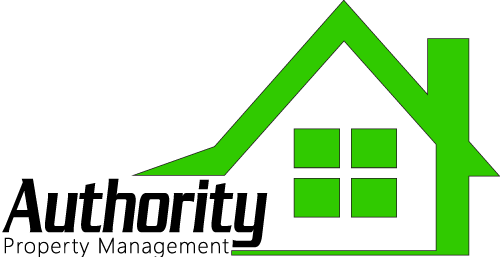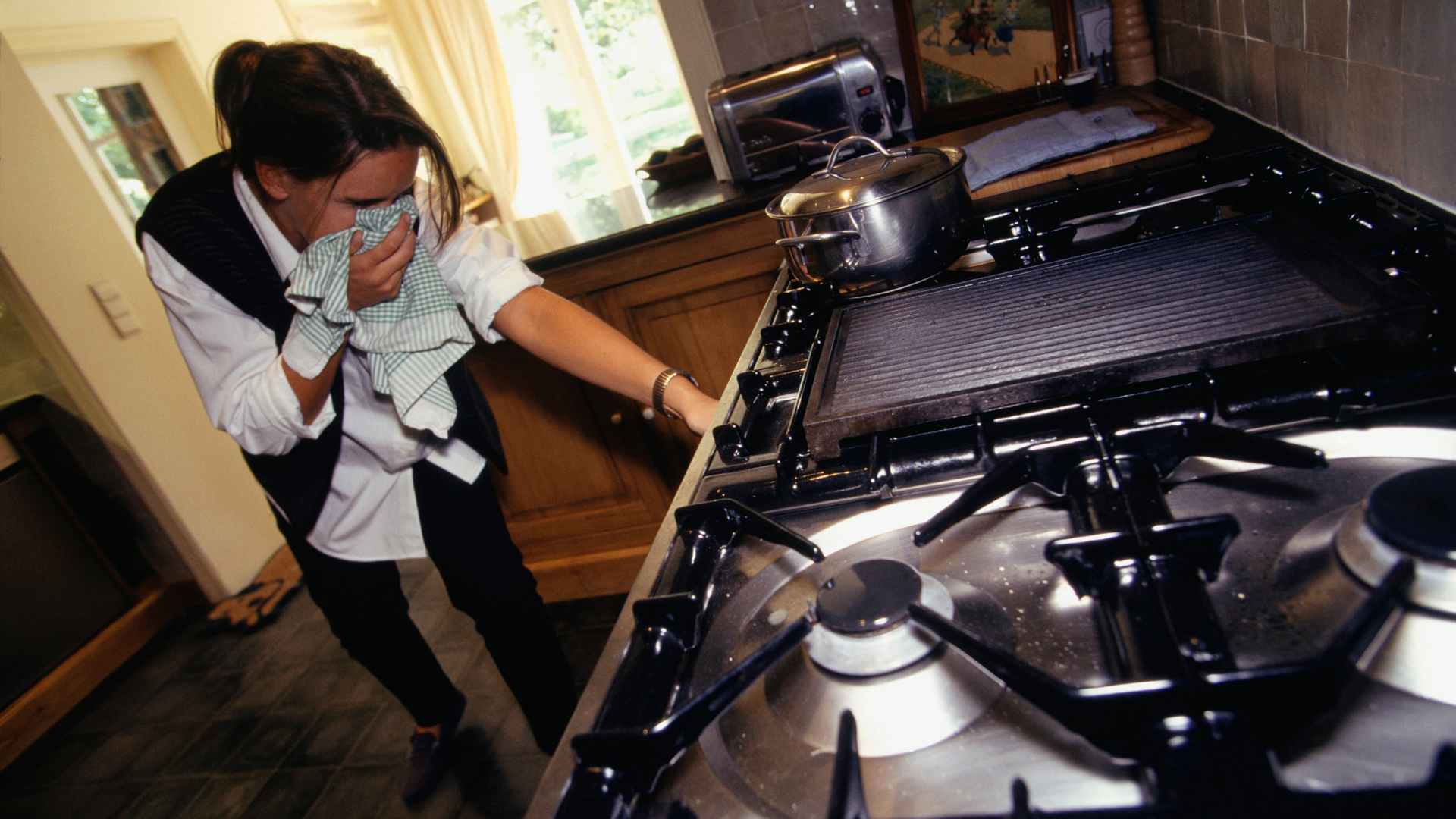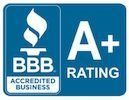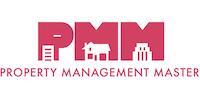How To Deal With Maintenance Issues

Create and Develop a Plan for Maintenance Issues
An essential step to handling maintenance issues is to develop a basic plan for addressing maintenance requests. It’s important to determine how requests will be submitted and who will respond to them. It’s preferable to hire the services of an experienced property management company to address these requests, in this case your only job will be to monitor the management company and ensure they are handling all requests quickly and efficiently.
Determine a method to Receive Tenant Requests
For landlords/homeowners who have not outsourced maintenance issues to a property management company, the next step to take is to determine the preferred method through which they will receive tenant requests. Different methods can be used to receive tenant requests namely: text, phone, or written notice. Always ensure that these requests are addressed during regular business hours unless they are emergencies.
Determine the Severity of the Maintenance Request
In order to determine the severity of a maintenance request, it’ll be smart of you to put together a list of common issues and attach an urgency level to them: Preferably in this order: high, moderate or low.
High Urgency: Maintenance requests that fall in this category should be addressed immediately or at least looked at the same day or the following day at the latest.
Moderate Urgency: These requests should be addressed within a 48 hours’ time frame.
Low Urgency: These requests should be fixed within one week and feedback should be given to tenants regarding the time frame it will take to resolve the issues.
Here are a few examples of high, moderate and low urgency requests:
- High Urgency Requests: Structural issues, lack of heat in winter, lack of hot water, clogged toilet, smell of gas, leaks in the property, safety issues such as doors or windows that do not lock properly/missing locks, lights not functioning in common areas and hallways, walkways, stairs, and driveways needing to be shoveled and salted immediately after a snowstorm.
- Moderate Urgency Requests: Appliances not working (If it is your responsibility to supply them to your tenants), a clogged or slow shower or sink drain, interior light stops working, not just the bulb burning out, the actual light fixture is not working, air conditioning not working in summer, and a large hole in the wall.
- Low Urgency Requests: racked tile, damaged flooring, a walking hazard-tear in the carpet, grout coming up, small leak or drip in the faucet, interior apartment doors off their hinges/door not closing properly, minor hole in the wall, removing garbage from the tenant’s unit, replacing batteries in the tenant’s smoke detector, molding or trim needing repair, cabinet doors off their hinges, a running toilet, a draft, etc.
It’s important to note that there are repairs you are not responsible for. For example: replacing batteries in a tenant’s smoke detector, repairing damages caused by the tenant or the tenant’s guests: As a landlord you’re at liberty to repair the damage, however, you should charge the tenant a fee, such as the cost of hiring a contractor, or the cost of the materials needed for repairs.
Determine the Skill Level Needed for Maintenance Issues
Determining the skill level needed to complete repairs is an essential part of resolving tenant maintenance requests. The question you’d want to ask yourself is if it’s something you feel comfortable doing or is it something you’d need to hire a professional to do?
Notify the Tenant
If the repair is inside the tenant’s unit, place a call to the tenant to determine when they’ll be available for a repair to be carried out. Just in case the tenant isn’t available in person for a repair to be done, you can ask if they will feel comfortable allowing you or a professional in the unit in their absence.
If the repair is in a common area of the tenement, you can make a judgment call based on the urgency of the repair and determine when to carry it out. Some repairs would require turning off water, electricity, or gas. In such a situation you will need to notify all tenants in the building.
When a repair is completed make sure tenants sign off on maintenance issues.
For work that has been outsourced to a vendor, always make sure the repairman provides a detailed description of the work done, the materials used and the time it’ll take to carry out the repair. Also, make sure the vendor signs and dates this statement. It’s equally important for the tenant to sign this statement, corroborating that the work was indeed done and that it was done in the amount of time specified.
Share this post with a friend!
Disclaimer: The content on this blog is for informational purposes only and is not intended as legal or advice. Consult with a qualified professional for specific advice.































